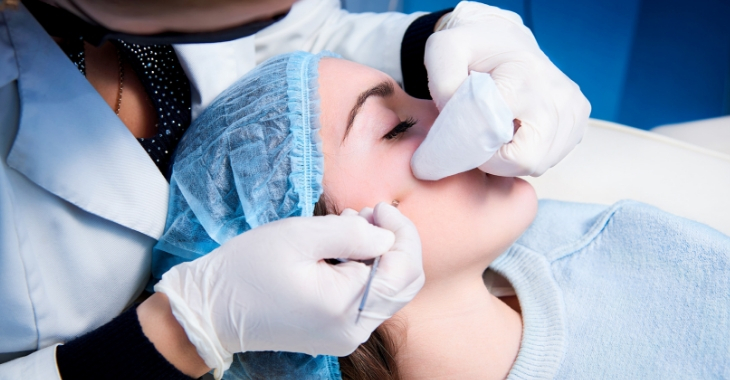When Is Mohs Surgery Needed?
Skin cancer is a very real danger for most people as one of the most prevalent cancers diagnosed and treated. It is estimated that 5 million people a year are treated for skin cancer, with that number seemingly increasing. One of the most effective treatments for basal and squamous skin cancer, the most prevalent skin cancers, is Mohs surgery. In fact, the prognosis for eliminating cancer with Mohs surgery is estimated between 95-99% cure rates, the best cancer cure rate available.
Mohs Surgery Basics
Once skin cancer is diagnosed and it is determined that the cancer has not metastasized or spread to other organs in the body, Mohs surgery is a possible treatment option. Mohs is used primarily on the two most common skin cancers, basal cell carcinoma and squamous cell carcinoma (BCC and SCC). The technique has been used since it was invented in the 1930’s, with advanced technology making it one of the most effective cancer treatments available.
Mohs surgery is simple, yet ingenious. Instead of trying to killing the cancer cells, they are effectively removed through surgery. However, instead of removing large portions of skin layers in the hopes of removing all the cancer cells, the skin is carefully removed a thin layer at a time. The skin cells in each layer are tested during the surgery to ensure that all the cancer cells are removed, while keeping as much of the healthy tissue as possible.
Mohs surgery is a specialized technique that requires specialized training. Anyone who has been diagnosed with skin cancer and needs Mohs surgery should find a qualified Mohs surgeon that has the education, training and experience to effectively remove their skin cancer cells. With the right surgeon, many first time skin cancers have a 99% cure rate using Mohs surgery.
Posted on behalf of:
Olansky Dermatology Associates
Peachtree Lenox Building
3379 Peachtree Road #500
Atlanta, GA 30326
(404) 355-5484
The information provided on this website, including text, graphics, images, and other materials, is intended solely for informational purposes and should not be used as a substitute for professional medical advice, diagnosis, or treatment.

)